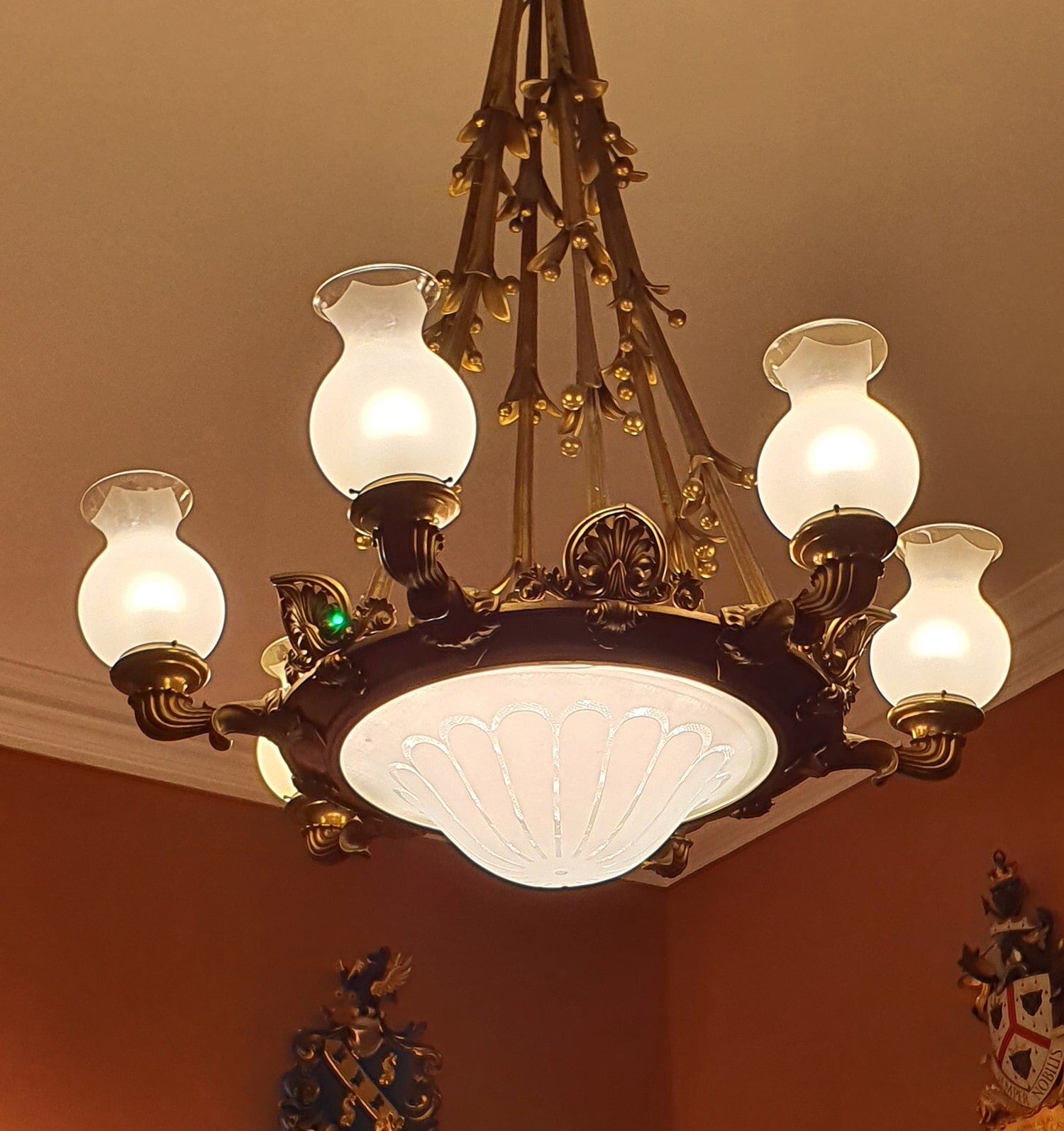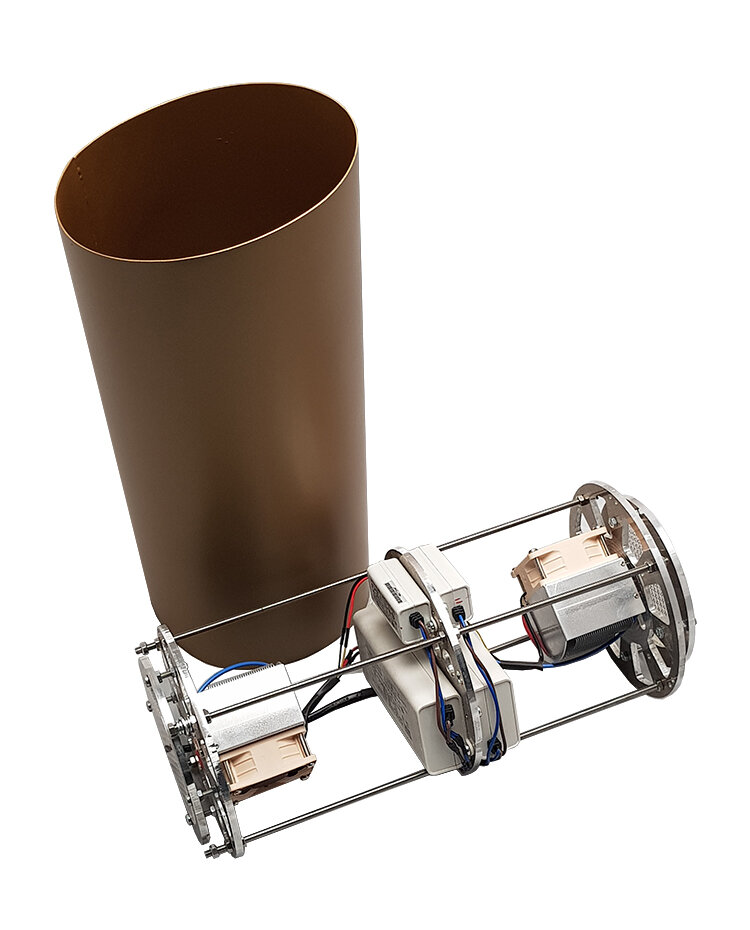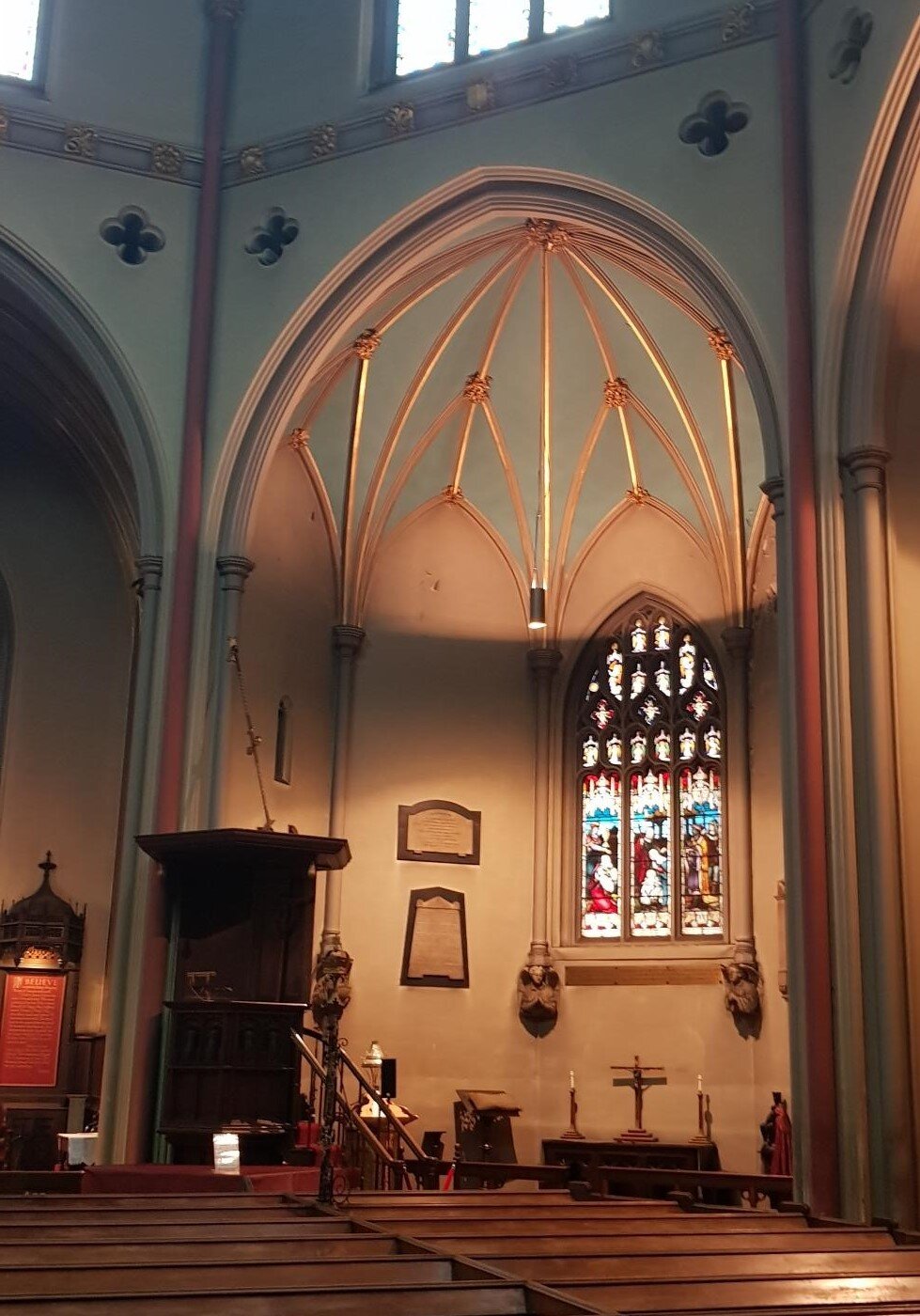~ Upgrading & Re-purposing Traditional Lights ~
The Throw Away Culture we have lived with for the past two or more decades is gradually being subsumed by a greater awareness of the value of thrift and re-purposing.
In the lighting industry, the arrival of LED technology was hailed as the savour of the earth’s resources. Preposterous early claims of life expectancies of hundreds of thousands of hours and impossible feats of energy reduction gained early momentum and, once the mantra had been set in motion, it took years before the myths were finally de-bunked.
In the earlier years, like-for-like LED replacement light bulbs failed to perform adequately. They simply weren’t bright enough, and the quality of light they emitted was chilly and grey. So attention quickly turned to the ‘new generation’ of composite LED Light Fixtures. These contained LEDs that were built-in onto the heavy metal heat-sinks which enabled the LEDs to be powered sufficiently to deliver the lighting output that was required.
Mountains of traditional light fittings were jettisoned in favour of the new ones in the stampede to reap the benefits from the now-realistic energy savings, with little thought given to the hardware that was being thrown away in the process – nor the mindless waste this actually represented in valuable materials.
However, with judicious care and attention to detail, we at Charter Lighting have found many nifty ways of upgrading these lovely, traditional, fixtures, often improving their performance in the process, and extending their life for literally decades to come.
FISHMONGERS’ HALL - Traditional Pendant
This graceful, traditional pendant chandelier hangs over the central reading table in the Library at Fishmongers’ Hall in London. In a move to reduce energy consumption, the wonderfully warm, incandescent light bulbs were replaced by energy-efficient compact fluorescent tubes— a move which proved to be not very successful. The light from the new, low energy light bulbs was cold, flat and dull, and members were soon complaining that they could not see well enough to read comfortably.
Our solution was carefully to remove all the old electrical elements and replace these with a bespoke LED array. In the process, we also incorporated a separate, battery-powered, circuit which enabled the integration of a new emergency light facility into the one fixture.
Not only are members now delighted with the greatly-enhanced light quality and output, but the extra safety feature we included within the new design has saved another hole from having to be drilled into the Grade I listed ceiling to house a separate emergency light fitting. The integrated emergency feature is indicated by the Green LED.
ZOOM PROJECTORS
We have encountered these high-performance projection spotlights in several private residences over recent months. Their power, and the array of optical elements they contain, enables uniquely-controllable precision spotlighting. But the original lighting components are getting harder and harder to find, and nothing like these sophisticated spotlights seem to exist in today’s plethora of LED high-beam offerings. So – with some difficulty, but with a determination to surmount all the challenges of optical control and thermal management – we have now successfully repurposed considerable numbers of these with carefully-engineered and combined LED elements.
Not only have the original lights been restored to full functionality, but the light quality has been dramatically improved and the need to change lamps (previously a somewhat irksome task, given their often- elevated locations) has been eliminated for the next twenty-five or more years! Quite long enough for new lighting technologies to have emerged when they next need to be re-purposed….
Maintenance of these high-level spotlights had become increasingly irksome.
ART GALLERY - Focusable Track Spotlights
These traditional halogen spotlights have been in widespread use for many decades. They are particularly popular in Art Galleries where the high CRI and variable wattage of the halogen lamps was perfect for the quality, full-spectrum lighting scope that is required for Fine Art collections.
Even the best quality LED ’halogen equivalents’ are unable to generate and project sufficient light output from a small enough lamp to enable the existing range of fixtures to be retained and still match the performance of the original halogen light bulbs.
Our solution has been to start from scratch. Working within the confines of the fixture hardware, we have devised a finely-tuned balance of optics (both lenses and reflectors) combined with the highest possible CRI LED on its own bespoke, miniaturised heat sink.
The result is a resounding success, both in performance and quality, enabling all the original fixtures and associated track hardware to be retained for many more decades to come.
PICTURE LIGHT retrofitting options.
Charter Lighting’s original claim-to-fame in the retrofit game has been with our renowned picture lighting services.
We have now successfully re-purposed an astonishing number of different styles and sizes of traditional picture lights with our high-quality, warm toned LED components – to the joyous delight of many of our clients:-
“The lights are now magical! My pictures have never looked so good!”
This exercise really is transformative. Most traditional picture lights featured no optics at all – just an array of different light bulbs. Not only were these often very hot (bad for most paintings) and emitted UV rays (harmful to colour pigments), but the lighting coverage was appalling. Usually, just the top of the painting was illuminated with a bright, glaring splodge of light, with the rest of the details being shrouded in gloom and lost to the viewer.
PRIVATE RESIDENCE - Recessed Wall Lights
These fixtures were brought to us by the well-respected Lighting Design House, Lightplan, to re-purpose after the original LEDs had been destroyed as a result of incorrect wiring. The fixtures were not made anymore, they were also sealed and had a custom finish. Thus great care was required at all stages in the process of drilling out the existing heat sink in order to replace the burnt-out LEDs with new, and then the whole re-assembled with a new, custom, heatsink and re-wired, and all contained within the same neat dimensions to fit exactly back into the existing wall apertures. The original finish was preserved throughout the process.
The Guild Church of St Dunstan-in-the-West
This wonderful old Church on Fleet Street in London was given a complete lighting overhaul some ten years ago – with some specially-fabricated cylindrical brass fixtures designed to be suspended high and to harmonise with the soaring architecture of the vaulted space. So, when the light bulbs kept failing – with the attendant travails associated with such high-level fittings – it was clear that a solution was urgently required which would re-use these special fittings, distribute enough light for the congregation to read by, and fit within the constraints of the fixture body.
This, in fact, was one of the earliest light fixture retrofits that Charter Lighting undertook – we learnt a tremendous amount in the process, and much of the technology and hardware we developed for this application have been modified for use in subsequent exercises.
FIBRE OPTIC LIGHTING UPGRADES
Good quality fibre optic lighting systems, when they were originally specified and installed, will have been viewed as an investment at that time. Most of the fibres themselves will have been incorporated completely into the built environment for permanent use—whether into hermetically-sealed museum cabinets for conservation display lighting, or fully encapsulated, designed to provide feature lighting from within the architectural fabric of a building.
Well installed, and left undisturbed in this way, fibre optic lightguides will endure for as long as the building itself. Just as you would expect stained glass windows to last for centuries, so will glass fibres. But the lamp technology for the source projectors has moved on. We have worked in this specialist field for decades, and harnessing the optics of LEDs to deliver light efficiently into fibre was one of our very earliest tasks.
Even when the objective is to replace a conservation-grade tungsten halogen unit, LEDs only of the highest possible CRI were selected, and critically-designed optics were vital to ensure efficient transfer of light into the fibre bundle.
The other key consideration was thermal management—especially when light output equating to that emitted by a 150W Metal Halide lamp was sought. In the process of developing our own family of new, high-quality, high performance LED projectors for Fibre Optic systems, we commissioned the unique design and bespoke fabrication of a very wide range of different shapes, sizes and configurations of heat sinks. These are now made exclusively for our use by a specialist fabricator in Canada.
This range has subsequently expanded hugely to enable suitable heat-sink hardware to be incorporated, as part of the retrofit-assembly of LED equipment, into all manner of shapes and sizes of existing fibre optic lighting projectors from different manufacturers around the world.
One of our most important projects in this respect was in the extensive re-purposing of over 500 American fibre optic projectors at the Ashmolean Museum in Oxford. In a rolling project which spanned several months we carefully removed existing lighting hardware from 50 boxes per month, and replaced this with high-quality, high-performance, low energy, low heat LED equivalents—in two different COB sizes to match differently-sized fibre optic harnesses.
Using only 26W as opposed to the tungsten 100W lamps, the whole exercise saved a staggering 75% in the lighting energy costs alone, and greatly reduced loads on the air handling units. Heat-damaged fibre bundles were also repaired in situ using techniques and equipment specially developed for the purpose. Thus the whole lighting upgrade was accomplished with minimal waste and disruption and maximum benefit to the museum, and represented a truly exemplary exercise in sustainability throughout.
Photo @ Dan Paton - Refurbishment of the Ashmolean Museum
One employee, who had previously been tasked with changing light bulbs in the fibre optic projectors every day, day after day, has now been deployed to much more interesting and productive tasks around the museum!
Visit our Absolute Action website to discover more about Fibre Optic Lighting.
~
We hope this gives a comprehensive enough overview of the sort of things that can be achieved in our efforts to promote realistic, cost-effective Circular Economy Lighting. Many of the components and processes we have developed in active projects now provide a flexible arsenal for us to draw upon, and are enabling the successful re-purposing of an ever-expanding range of other traditional lighting fixtures.
There will be different challenges in the future and more to learn, we are sure! But our skilled craftsmen and pro-active and creative facility is now ready and waiting to be of wider service to the market.Do please join us on this important journey.






















